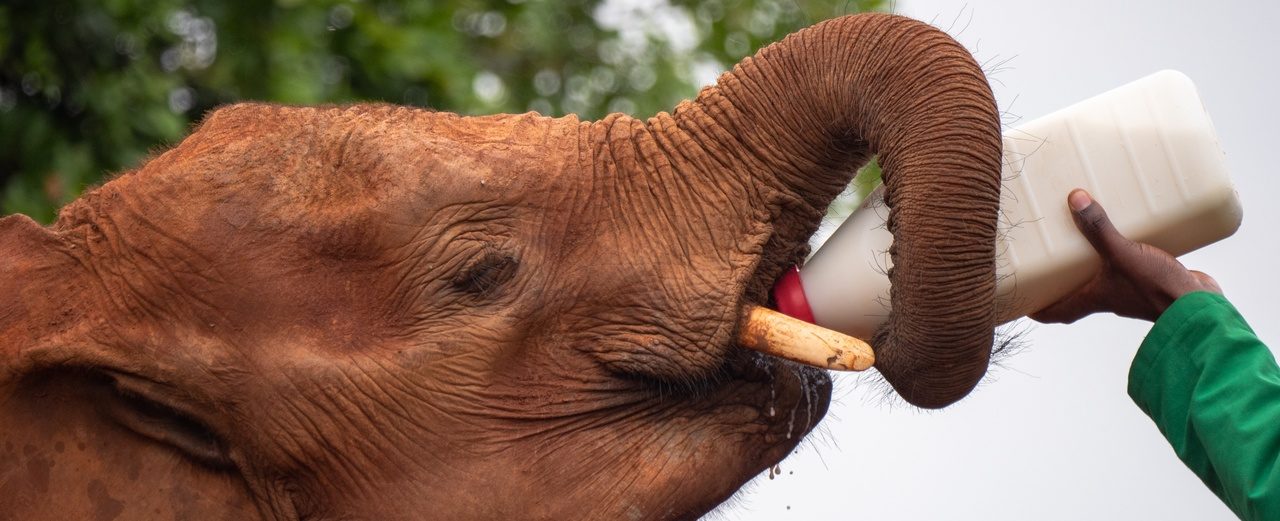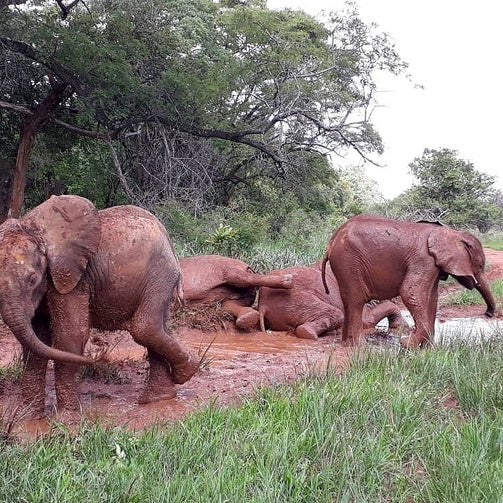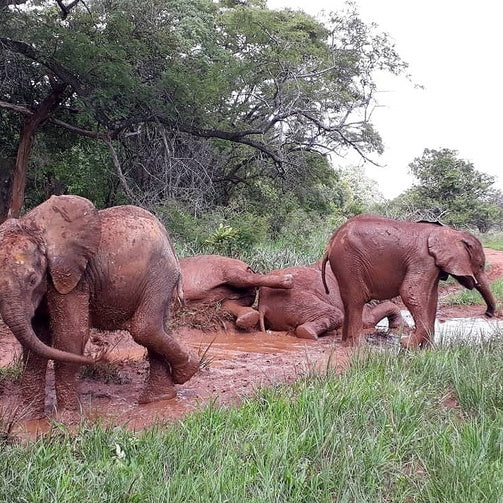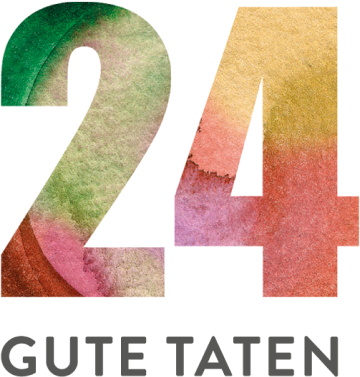Day 3
A bottle of special milk for a baby elephant in Zambia
 Get back on your feet with milk Get back on your feet with milk
Get back on your feet with milk Get back on your feet with milk


Help for baby elephants in Zambia

need
Special milk for orphaned baby elephants in Zambia.
activity
The team at the elephant orphanage prepares the special milk fresh every day and feeds it to the baby elephants.
Measurable performance
Number of liters of special milk fed to baby elephants.
Result
The special milk provides the animals with important nutrients and increases their chance of survival.
Systemically relevant impact
The elephants are being released back into the wild and the population of African elephants is stabilizing.
background


The good deed
AboutZambia
Lusaka
Capital city
17,100,000
Population
3.577
Gross domestic product
per capita per year
Rank 144 of 189
Human Development Index
(Human Development Index)


